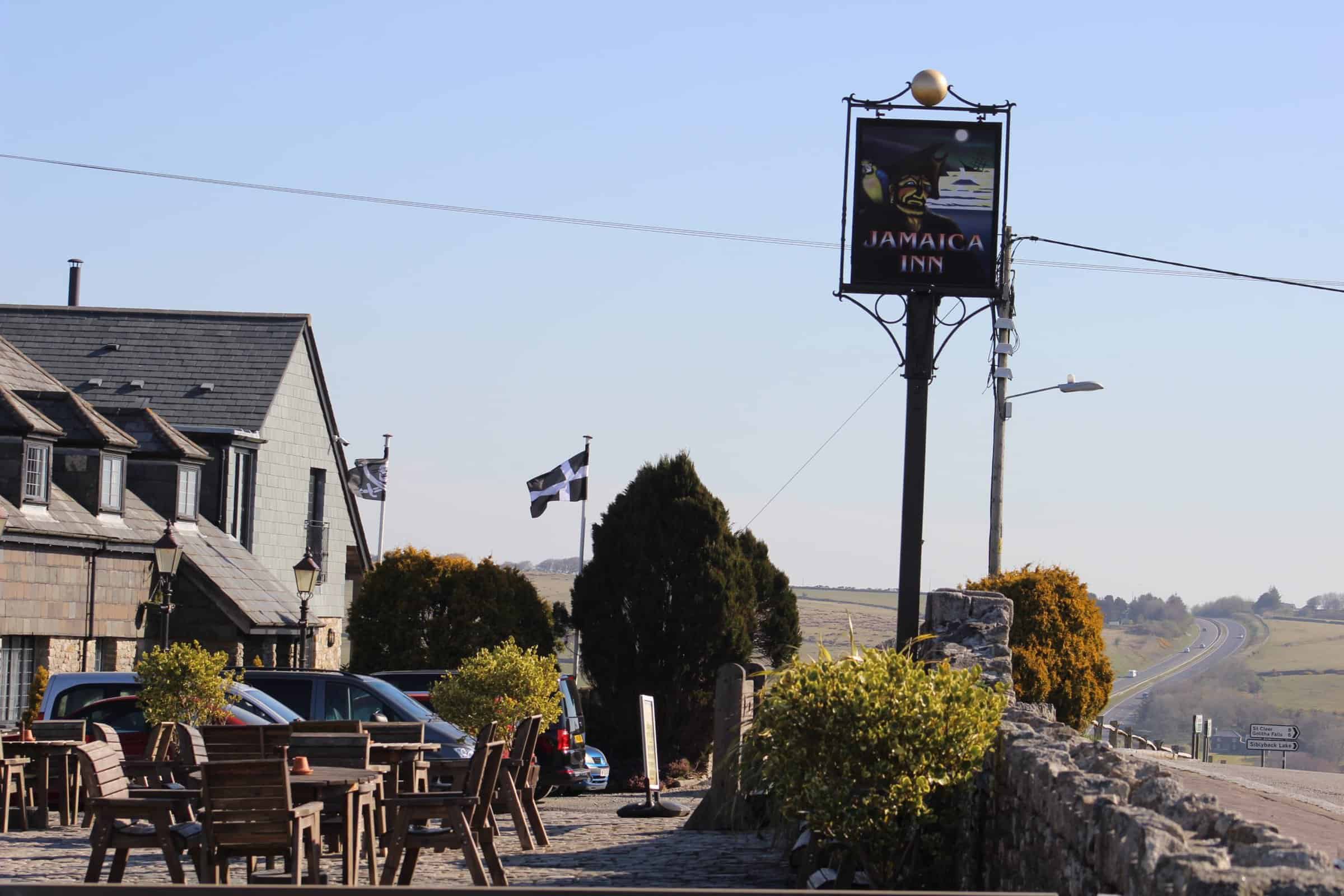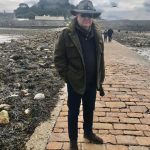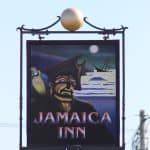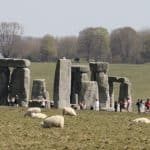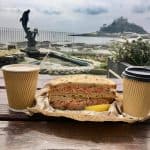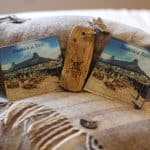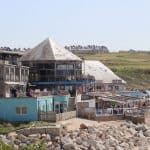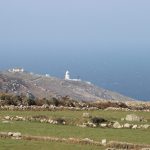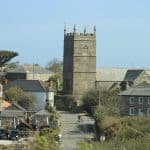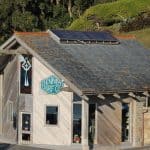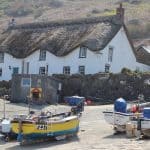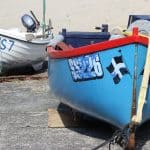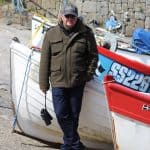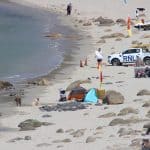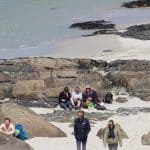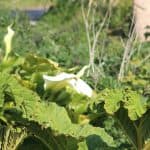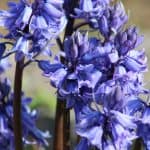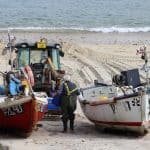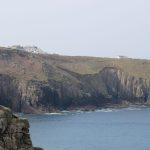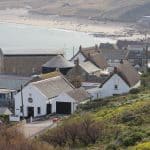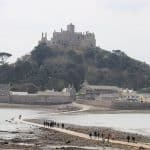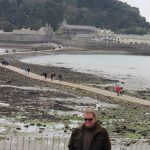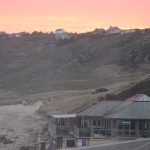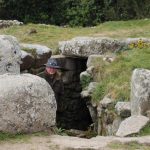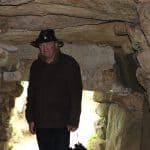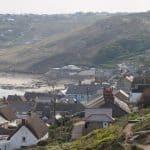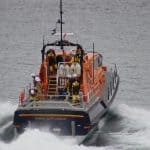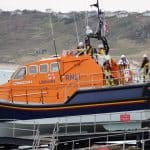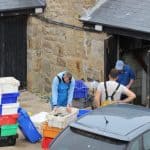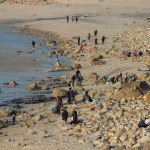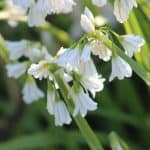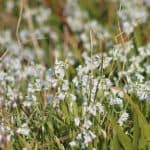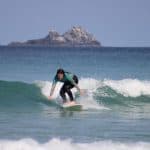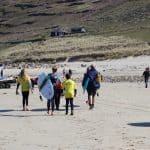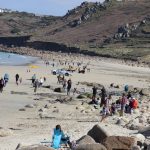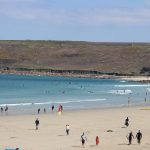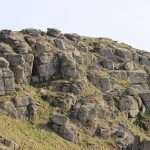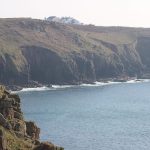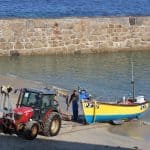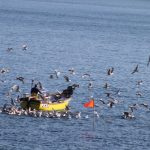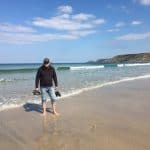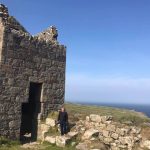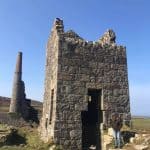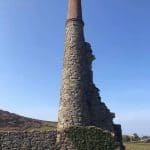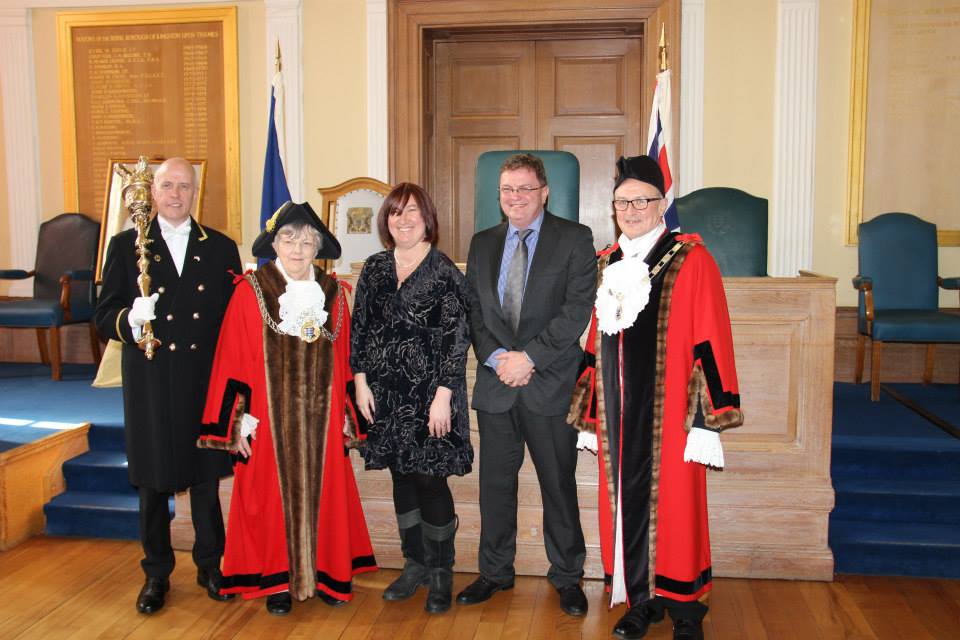By Anton van Zyl
At the beginning of April, the lockdown in England, one of the most severe lockdowns on the planet, was partially lifted, and we were off to Cornwall. We weighed up the risks some time before and booked a week in a self-catering cottage which we could now visit.
This was our third visit to Cornwall in a year. Not only because we could not travel overseas, but because Cornwall is so special. Once you have drunk its water and breathed its air, you will always be drawn back.
From London it is about six to seven hours’ drive, but because we stop everywhere, it usually takes us a bit longer. We first stopped for a Starbucks just past Stonehenge – Fortunately without the expected traffic jam. Then we went to Fistral Beach in Newquay, a world-renowned surfing spot with a Rick Stein outlet, for a lunch of fish and chips, and a chat with a flock of speckled sparrows which frequents the local beach cafes. Watching how the surfers brave the cold Atlantic waters is a real treat.
Our final destination was Sennen Cove, a small village just off Land’s End on the Atlantic coast. It is still a traditional Cornish fishing village, and we spent some mornings watching the local boats landing their catch of the night before; it was pollack season.
It is insightful to talk to locals in these villages. We experienced the most amazing sunsets and sunrises over Cape Cornwall from our rooftop deck. It is Poldark and Doc Martin country, and when driving the country lanes, you discover many interesting places. However, there are more to Cornwall than fishing villages; the county has a long and colourful history.
On the second or third day we decided to visit St Michael’s Mount near Marazion, a castle built on an island in the sea. It is accessible by foot only at low tide on a causeway, built centuries ago by the monks who then occupied the place.
St Michael’s Mount has an amazing view over the bay all the way to Mousehole, another quaint village we visited before. We climbed the castle hill and had a cold latte in an almost tropical garden, planted in the lee of the castle, all very commendable.
The following day we decided to visit an ancient Stone Age village called Carn Euny which can only be reached by driving for some miles on Cornish “motorways” – very narrow, undulating pathways bordered by stone walls on each side and also used by the local farmers. It is rural to the extent that in some instances the road passes over farms, on one occasion between the farmhouse and the barn. It is very exciting, if somewhat nerve wracking
We clambered over the ruins for a while. One of the huts is still standing, with a long tunnel leading to it, all stone-roofed.
The silence was stunning. Other people arrived only as we left.
After a very relaxing week we packed up and headed home but broke the journey into two with a sleepover at the Jamaica Inn on Bodmin Moor. Records date this ancient place back to the 1700’s, when it operated as an Inn and a sort of smugglers’ base for Cornish pirates; it is located in the middle of Cornwall between the two coasts. The atmosphere is electrifying, with even a marked spot in one of the tavern halls where a well-known patron was murdered some centuries ago. There are ghost tours and folk evenings. The whole scenario brought back visions of English poetry which I read at university in the 1980’s. The poem “The Highwayman” by Alfred Noyes could well have played out at this place.
Sadly, time pass too quickly. We reluctantly headed back home with the fondest of memories and a definite plan to return, for Cornwall still has much to offer – much more than can be explored in a short week.
Photos taken by Ronel van Zyl



